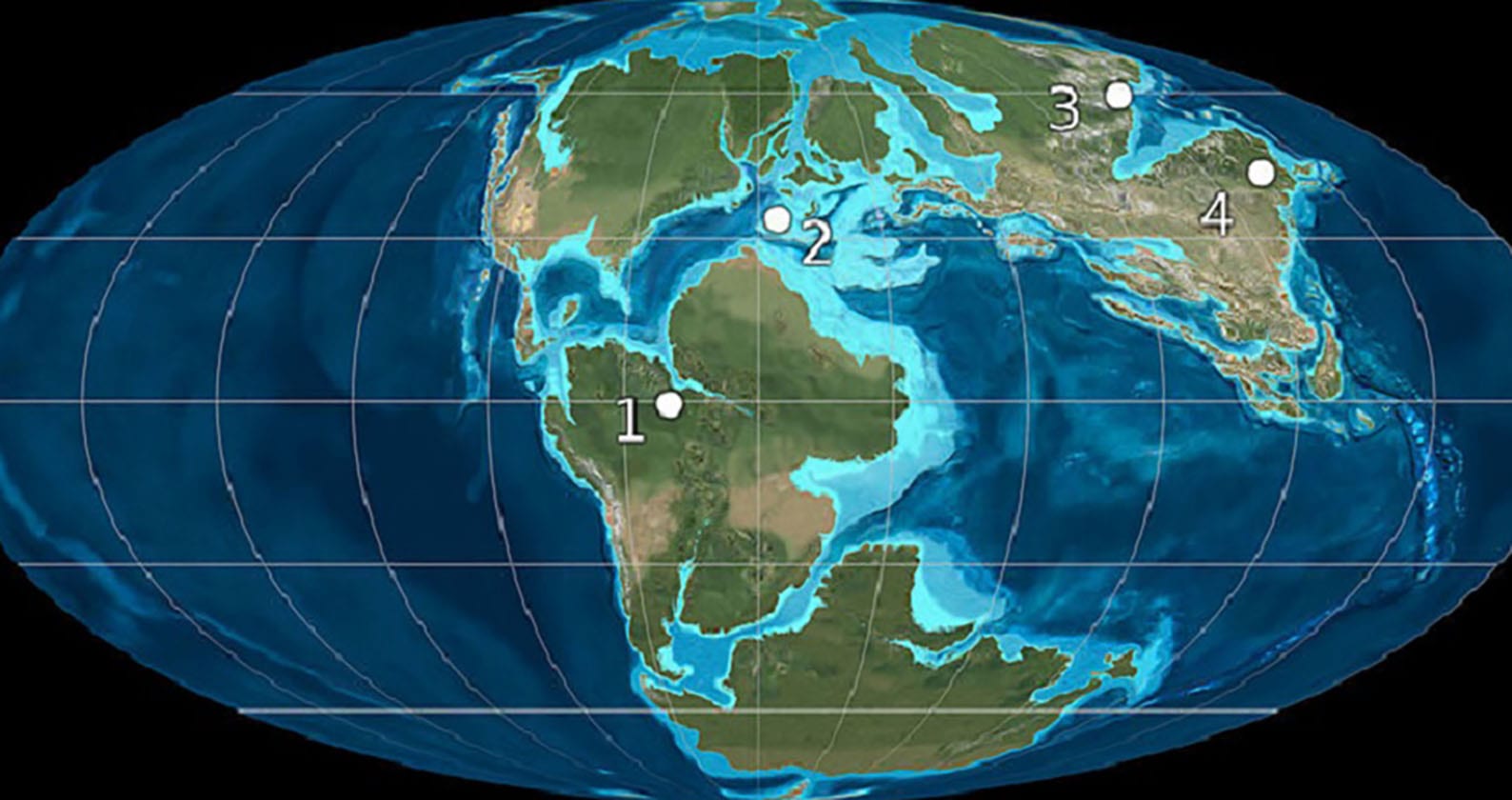John Curtin Distinguished Professor Zheng-Xiang Li has joined an elite group of earth and space scientists from around the world as the only Australian elected as a 2019 Fellow of the American Geophysical Union.
Tectonics expert Professor Li, from the School of Earth and Planetary Sciences at Curtin University, will be recognised, along with the other members of the 2019 class of Fellows, during the 2019 AGU Fall Meeting in San Francisco in December.
Professor Li was honoured for having made exceptional scientific contributions in his research field, including the publication earlier this year of important research that found ancient supercontinents formed and then fell apart through alternating cycles spanning hundreds of millions of years.
Curtin University Vice-Chancellor Professor Deborah Terry congratulated Professor Li on being recognised by the American Geophysical Union in what was a rare honour for an Australian researcher.
“The American Geophysical Union Fellowship is one of the most globally recognised honours for earth and space scientists, and relatively few Australians have been elected in the award’s 57-year history,” Professor Terry said.
“Professor Li has been named among the world’s most influential scientists in Clarivate Analytics’ annual Highly Cited Researcher List each year since 2014, and this latest achievement further cements his status as a leading international researcher and an invaluable asset to Curtin University.
Professor Li said he was honoured to be elected as a Fellow of the American Geophysical Union and looked forward to continuing to make meaningful contributions to the ongoing study of global tectonics and geodynamics, with the latter dealing with the driving forces for plate tectonics.
“Geoscientists have long argued that all of Earth’s continents were joined together about 300 million years ago in a single landmass called Pangea, but over the past few decades we have discovered more and more evidence that Pangea-like supercontinents existed at least twice before Pangea, occurring about every 600 million years in what is known as the supercontinent cycle,” Professor Li said.
“More recently, researchers studying Earth’s geochemical records and formation of mineral deposits identified even longer-term variations in these cycles but it was not known why.
“By studying the history of how each of the supercontinents formed, using evidence preserved in the geological and geophysical records of deep time, my team of Curtin researchers found that supercontinents appear to assemble through two alternating processes of extroversion and introversion, which was a significant breakthrough in our understanding of global geodynamics.”
The honour of AGU Fellow is bestowed on only 0.1 per cent of AGU membership (60,000 members in 135 countries) in any given year and is for visionary leadership and scientific excellence that have fundamentally advanced research in their respective fields of Earth and space sciences.



